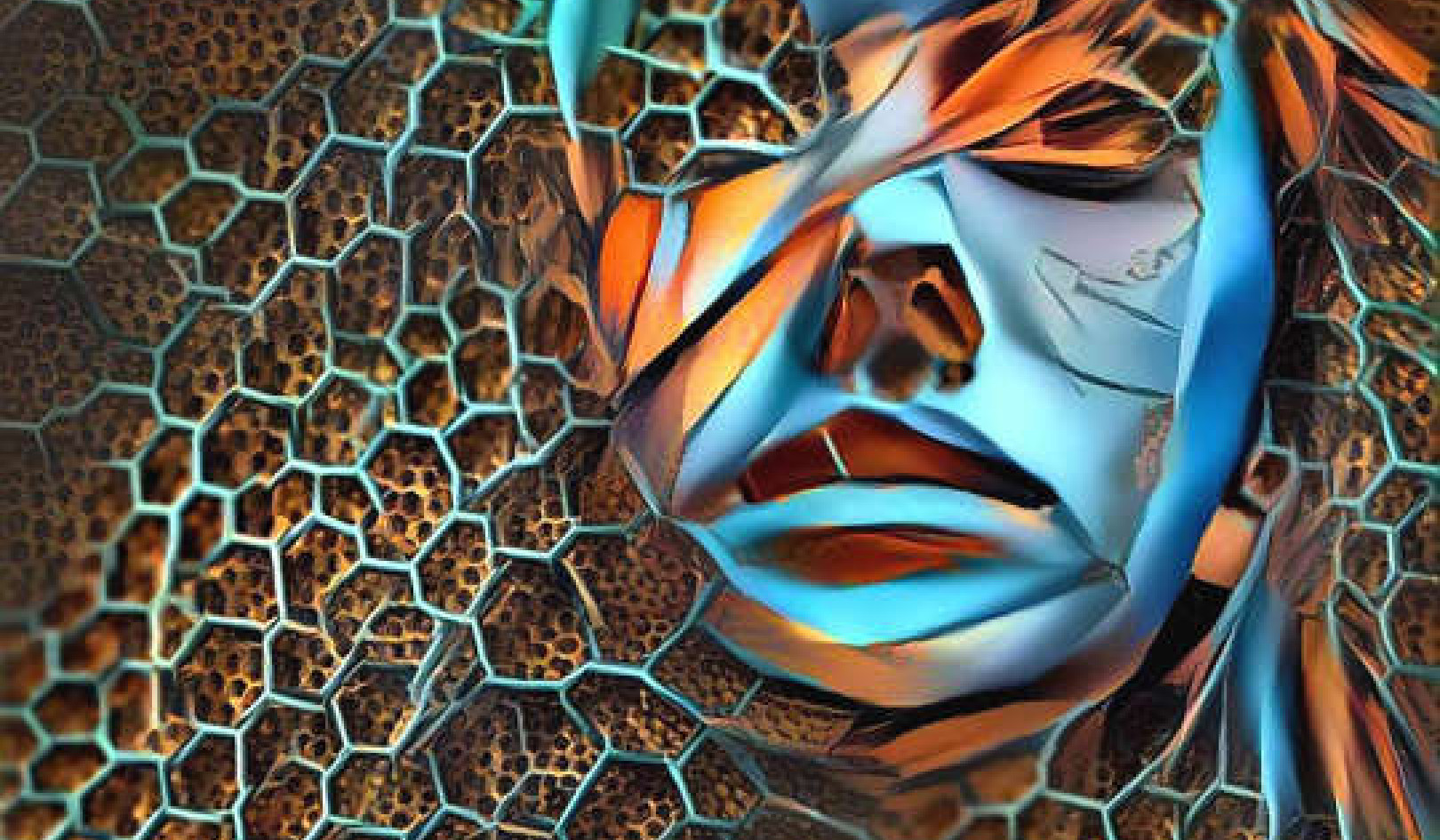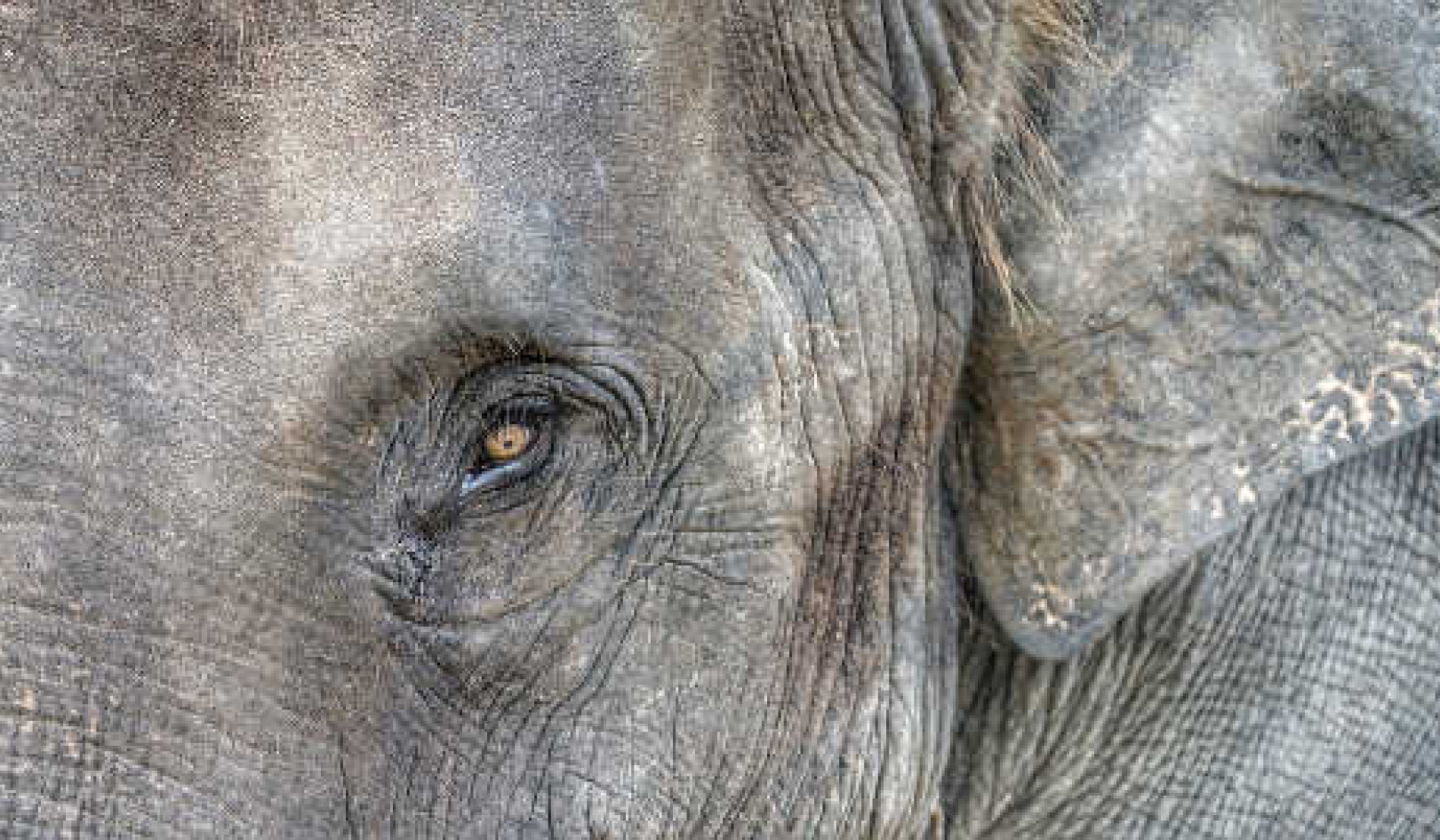Other people’s ideas about who’s hot and who’s not can change our sense of beauty, according to new research.
Others’ preferences for attractiveness in a potential partner “can instantaneously impact our personal standards of beauty,” says Haiyang Yang, assistant professor at the Johns Hopkins University Carey Business School.
It’s often thought that we are hardwired by eons of natural selection to be attracted to particular physical traits; that preference is thought to guide a search for healthy mates to help us produce healthy offspring.
But the study by Yang and Leonard Lee of the National University of Singapore challenges the notion that our inborn ideas of physical attractiveness are immutable.
Their paper argues that these ideas constantly change to more closely align with the aesthetic views of others. Perhaps more surprisingly, the researchers find, our standards of beauty can shift automatically and unconsciously, with no direct social pressure.
‘Hotness’ Ratings
Yang and Lee began by looking at some 800,000 ratings by more than 60,000 visitors to an online dating website. Visitors to the dating site anonymously evaluate the attractiveness of random photos of people on a scale of one (least hot) to 10 (hottest).
After each photo rating, the visitor sees the average score given by everyone else who has ranked that image. The researchers found that, as visitors evaluated more photos over time, their own ratings began to shift toward the average.
“Some people became ‘instantaneously hotter’ to the website visitors. Others, unfortunately, became worse off,” Yang says.
The shifts occurred even though site visitors’ own ratings were anonymous, unobserved by others, and thus not subject to direct social pressure.
Can We Construct Beauty?
In a subsequent lab experiment, the researchers altered how the average ratings were disclosed to the participants. In some cases, the average was revealed before participants evaluated a photo. In others, the average was disclosed afterwards or never revealed at all.
The subjects who saw averages in advance assigned scores that, as they viewed more and more images, converged on the average. Those shown averages only after their making their own rating also tended to move over time toward average scores, also revealing the influence of others’ views. But subjects who never saw average scores did not move toward the scores assigned by the larger group.
The researchers then went a step further, to see if they could artificially manipulate participants’ ratings. All subjects in the final experiment were shown an average rating after they themselves rated each photo, but with a twist: in some cases, the average was a fake, lower than the actual average of previous scores. Those shown artificially low averages gave scores that deviated more from the true average over time.
“Later, when we asked participants in the experiment about their evaluations,” Yang says, “most claimed that their judgments were not affected by seeing the average ratings after they provided their own ratings.”
Anticipating next steps for his research, Yang adds, “If the notion of beauty can be instantaneously constructed, as our findings suggest, it would be important to fully dissect the underlying processes and identify factors that can influence these processes. Future research in this direction is likely to have implications not just for business but for many other fields.”
Yang’s and Lee’s paper was presented at the Association for Consumer Research’s 2014 conference.

























